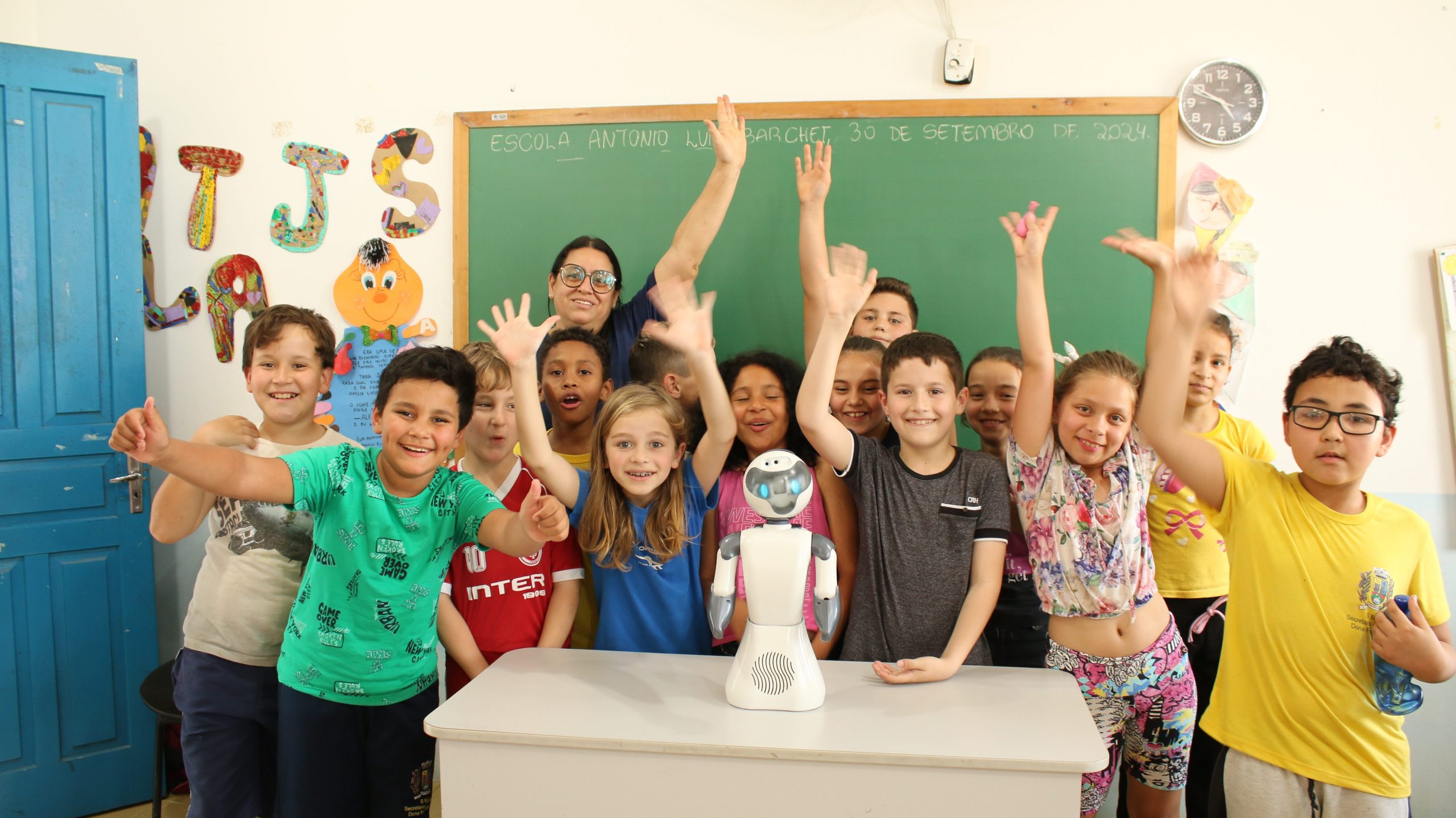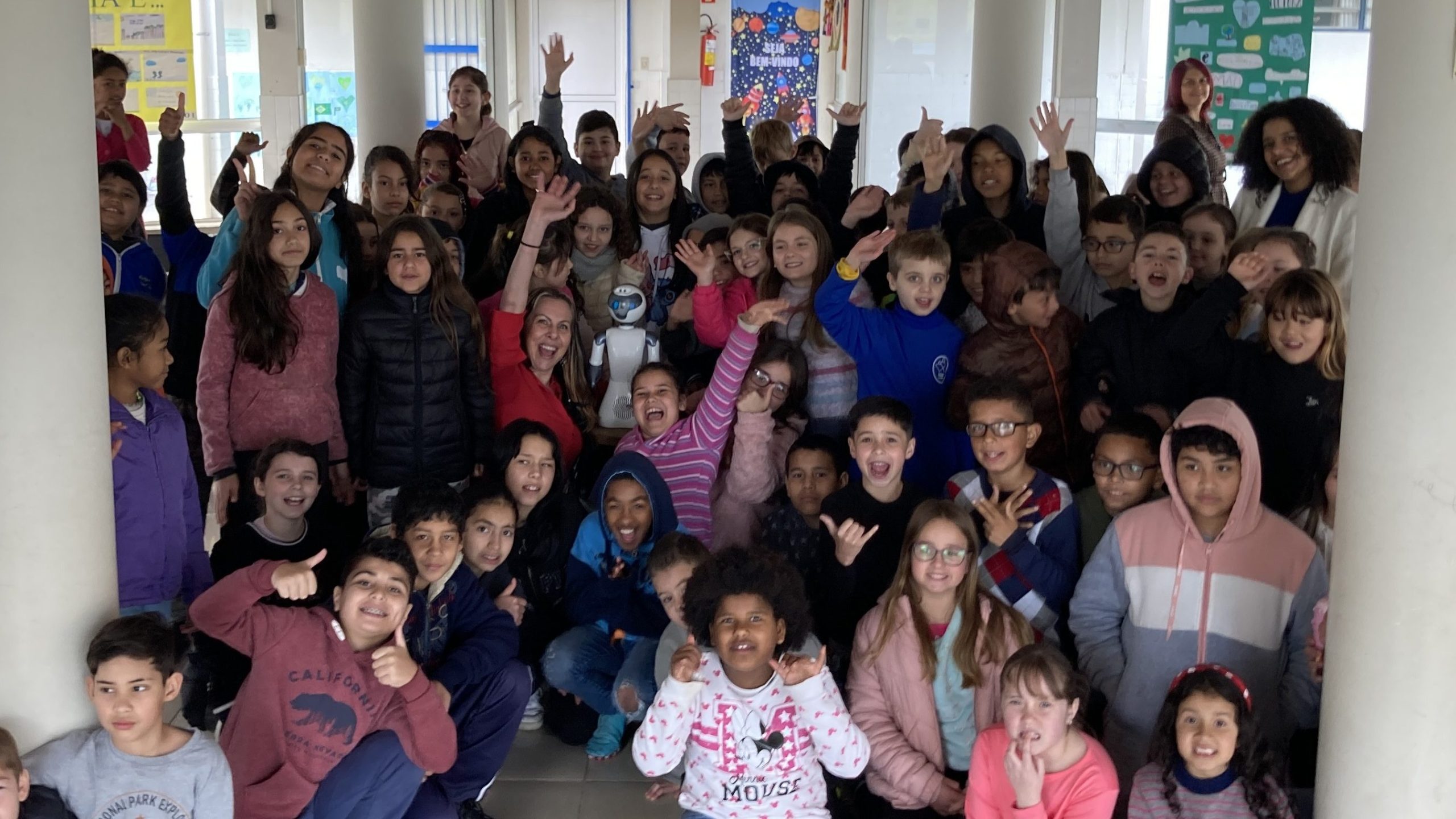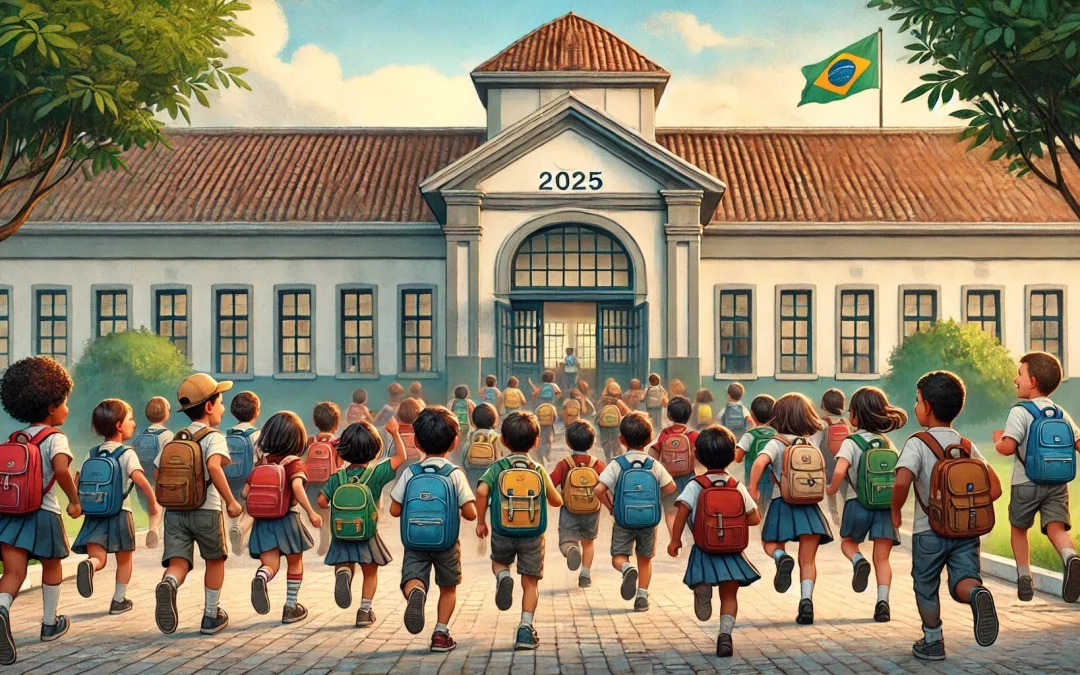Context and Challenges of the New School Year
Have you ever wondered what teaching will be like with the technological innovations transforming the world at an unprecedented pace? With the start of the 2025 school year—typically kicking off in August across most of the North America and amid rapid advances in robotics and artificial intelligence, schools and districts face a series of challenges to keep the learning environment current and supportive for students.
As students head back to class, school safety is top of mind. In Brazil, Law No. 14.811/2024 introduced strict measures to protect children and teens in educational settings—requiring violence-prevention protocols, ongoing educator training, and full community engagement. In the U.S., every state has enacted anti-bullying legislation, and federal guidance under the Every Student Succeeds Act (ESSA) and resources at StopBullying.gov echo these same priorities. Education remains our most powerful tool against bullying: by instilling values like empathy and respect, schools help students recognize and stand up to abusive behavior.
“Bullying is unwanted, aggressive behavior among school aged children that involves a real or perceived power imbalance. The behavior is repeated, or has the potential to be repeated, over time. Both kids who are bullied and who bully others may have serious, lasting problems.” — StopBullying.gov
EdTech Empowering Learning and Inclusion
Beyond imparting knowledge, a quality education shapes citizens capable of empathy and respect—essential values for a just society. Interest in terms like “educational technology,” “school safety,” and “innovation in education” is soaring, reflecting demand for solutions that deliver interactive, personalized learning experiences. At Qiron Robotics, we’ve found that investing in tech tools is a highly effective way to transform the classroom. Social robotics, for instance, introduces students to a unique learning companion that engages them in discussions about anti-bullying and inclusion. Meanwhile, AI-powered platforms streamline lesson planning and give teachers the bandwidth to focus on critical-thinking skills, preparing students for an increasingly connected world.
Under this lens, new safety regulations offer an opportunity—not just to meet legal requirements, but to invest in technologies that elevate learning and foster a positive school climate. By integrating digital tools and AI-driven solutions, administrators and educators can modernize pedagogical processes and build a culture that prioritizes empathy, inclusion, and safety for every student.
Innovation in Education: Transforming Schools with EdTech
Among the innovative solutions gaining traction is educational social robotics — far more than just programming lessons. Beo, the social-robotics platform developed by Qiron Robotics under the motto “Robotics for a More Humane World,” creates meaningful learning moments through its intuitive interface and playful features. Beo can lead activities on social inclusion and anti-bullying, all while ensuring data privacy and security.
For district leaders, adopting this kind of technology isn’t merely about modernizing instruction—it’s a strategic step toward achieving safety goals and creating more engaging, secure learning environments.


Want to learn more about how educational technology can transform your district? Visit the Qiron Robotics website and explore our guide on “Types of Educational Technologies: How to Choose Solutions for Your School.”

